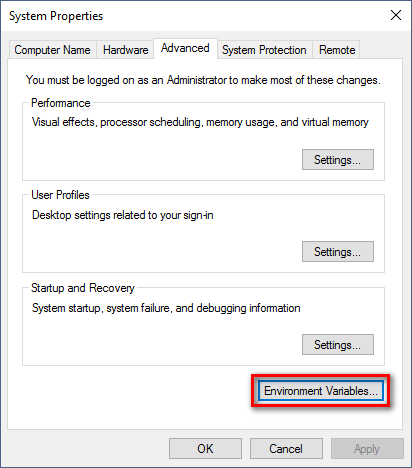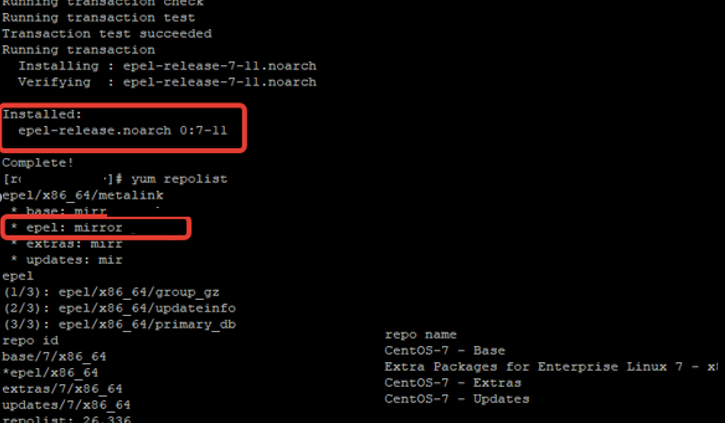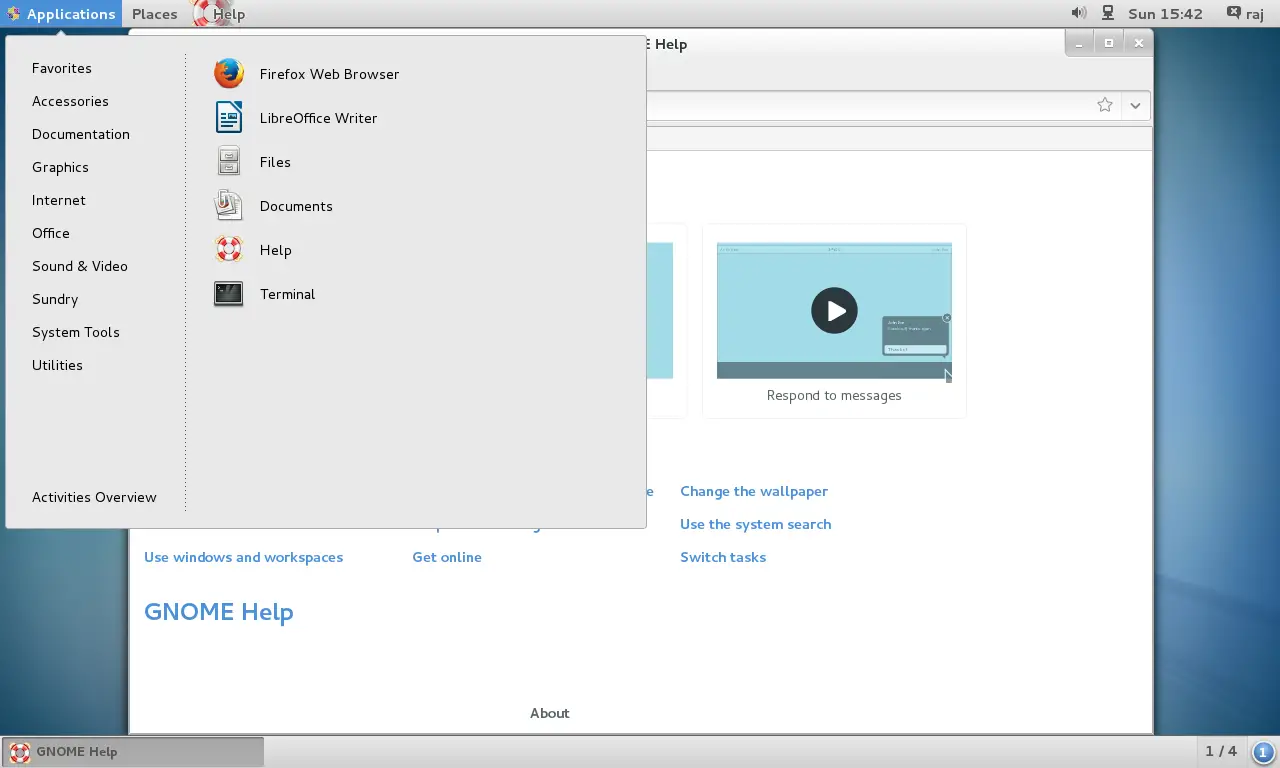
 What are the Red Hat guys thinking when they make this installation so hard - a painful experience?. Why is this package called Python36? When I start Python 3 it says it is Python 3.6 (as expected). Why do I have to use Fedora's repository? This just does not feel right. Why is Python 3 not on the basic installation media / DVD /.iso? It is a common requirement. How to install it? What the package is even called.Įventually, I used the following found on two websites that reputable: As root: yum install. Where the code is held? - which DVD image or repository. I really must have Python 3 for my project and we are not talking rocket-science or like this is unusual. I am using RHEL 7.6 on a Power LPAR (VM) to test InfluxDB and Grafana handling njmon data - this is for demonstrations and encouraging clients to do the same on licensed RHEL. If IBM uses RHEL for production use, internally for running services or running it on behalf of a clie nt, then the licenses and support are purchased. At IBM, we have a great agreement with Red Hat that for skills, education, and demonstrations then this is allowed. But I need to run and write Python 3.Īdmittedly, I am using an unlicensed version of RHEL 7.6 on Power ppc64le:
What are the Red Hat guys thinking when they make this installation so hard - a painful experience?. Why is this package called Python36? When I start Python 3 it says it is Python 3.6 (as expected). Why do I have to use Fedora's repository? This just does not feel right. Why is Python 3 not on the basic installation media / DVD /.iso? It is a common requirement. How to install it? What the package is even called.Įventually, I used the following found on two websites that reputable: As root: yum install. Where the code is held? - which DVD image or repository. I really must have Python 3 for my project and we are not talking rocket-science or like this is unusual. I am using RHEL 7.6 on a Power LPAR (VM) to test InfluxDB and Grafana handling njmon data - this is for demonstrations and encouraging clients to do the same on licensed RHEL. If IBM uses RHEL for production use, internally for running services or running it on behalf of a clie nt, then the licenses and support are purchased. At IBM, we have a great agreement with Red Hat that for skills, education, and demonstrations then this is allowed. But I need to run and write Python 3.Īdmittedly, I am using an unlicensed version of RHEL 7.6 on Power ppc64le: 
Python 2.7 was there in the initial installation. So I need Python 3 on RHEL - I thought this install would take only a few seconds by using yum on Red Hat as I have the repositories already setup. But installing Python 3 on RHEL 7.6 - it took me about 2 hours of frustration.
Note: Only historic applications use Python 2.7 and around the web, you find lots of comments about ONLY writing Python version 3 from 2019 onwards. Note: Installing Python 3 on Ubuntu 16 or Ubuntu 18 takes about 3 seconds to install. It seems I am not alone on this annoying RHEL 7 missing feature, so I thought I would share the solution. Step 2 – Install Python 3.9 on CentOSĬhange directory to Python-3.9.4 and use the following commands to compile Python source code on your system using altinstall. This will create a directory named Python-3.9.6 in the current directory. Then, extract the archive file on your system: tar xzf Python-3.9.6.tgz You can also download the latest version in place of the specified below. 
sudo yum install gcc openssl-devel bzip2-devel libffi-devel zlib-devel Step 1 – Download Python 3.9ĭownload Python using following command from python official site.

Now, use the following command to install prerequisites for Python before installing it. Login to your server using ssh or shell access. This Python installation required the GCC compiler on your system. We will compile Python from the source code. This tutorial will help you to install Python 3.9 on CentOS/RHEL 7 & Fedora systems.








 0 kommentar(er)
0 kommentar(er)
